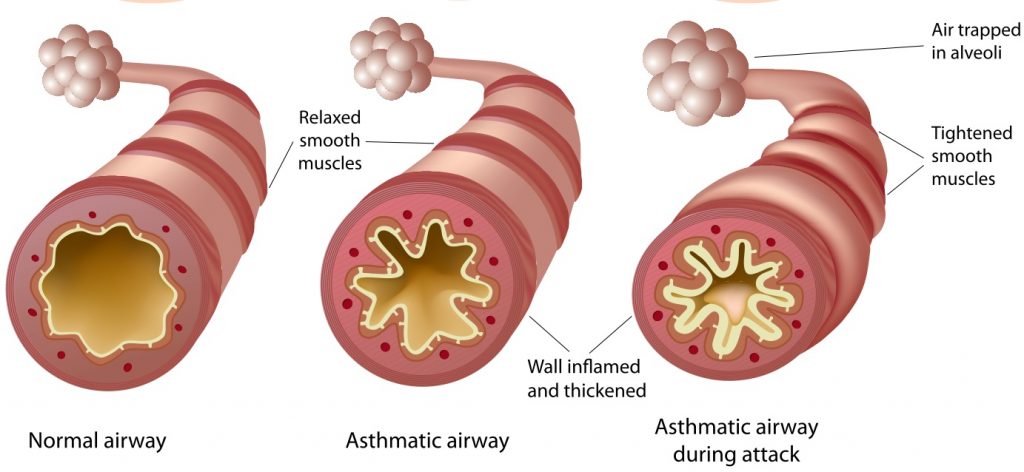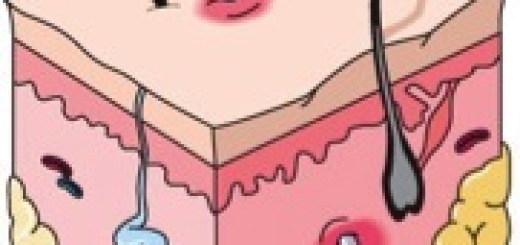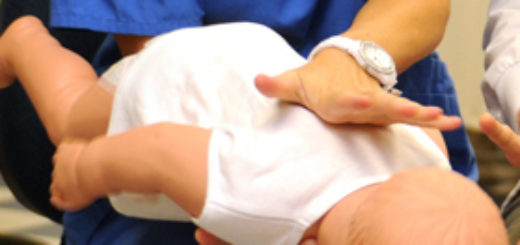A Complete Guide to Asthma in Children
Between five and ten percent of children in the United States suffer from asthma, a respiratory disorder that causes episodes of wheezing, coughing and breathlessness. In most cases, the symptoms are mild, but some children with asthma have severe, frequent attacks. For these children—the majority of whom develop asthma before the age of three—the condition may lead to numerous emergency-room visits and hospitalizations. Even for children with severe symptoms, however, asthma can be controlled.
What Happens During an Asthma Attack?
People with asthma have overly reactive bronchial tubes. The bronchial tubes are the airways in the respiratory tract, branching off the two mainstream bronchi, which are the large airways at the bottom of the windpipe. The bronchi carry air by way of smaller branches called bronchioles to the alveoli, tiny sacs in which the blood exchanges carbon dioxide (a waste product of cellular activity) for oxygen.
When a person with asthma comes into contact with an irritant (such as cigarette smoke), allergen (such as dust, mold or pollen) or some other trigger, the muscles that encircle the bronchial tubes go into spasms and the lining of the tubes becomes inflamed, leading to increased secretion of mucus. As a result, the bronchial tubes become narrower, causing tightness in the chest, coughing, a hunger for air, wheezing and an increase in respiratory and heart rate.
Early signs include slight coughing and a high-pitched wheezing sound when the child exhales. Mild attacks may not get much worse than this. In more severe cases, respiration becomes rapid, the skin pales and the chest pulls inward with every breath. The child may vomit.
As the attack worsens, the wheezing may become louder, although in very severe cases, little or no wheezing is heard because the breathing tubes are so narrow.
Common Causes of Asthma
Two-thirds of childhood asthma cases stem from allergic responses to dust, animal dander or plant pollens. Less frequently foods, drugs or chemicals may cause wheezing. Children with this type of asthma often have other allergies, such as eczema and hay fever. Their siblings and parents tend to have allergic sensitivities, as well.
The other third occur in response to an upper-respiratory infection (a cold or bronchitis), exercise, cold air, emotional upsets or irritants such as smoke. Many children with asthma are sensitive to both types of triggers.
Following exposure to an irritant or allergen, the bronchial tubes may remain hypersensitive for weeks or months. Because of this reactivity, asthma attacks may occur without direct contact with a trigger.
Triggers of Asthma
- Dust
- Animal dander (particularly from cats and dogs)
- Goose down and feathers
- Smoke
- Pollen
- Cold Air
- Exercise
- Colds and other viral infections
- Strong odors
- Car exhaust and other air pollutants
- Sudden weather changes
Less common asthma triggers include:
- Foods (primarily nuts, eggs, shellfish, chocolate, dairy products and strawberries)
- Medications (aspirin in particular)
- Sulfite preservatives in foods, such as fresh vegetables and shrimp served in restaurants
- Emotional distress
Signs and Symptoms of Asthma
If your child has any type of allergy, it’s a good idea to watch out for asthma. Likewise, children who tend to develop dry, hacking nightime coughs and wheezing when they have colds or after they exercise may have mild cases of asthma.
You will know when your child has an acute asthma attack. In addition to wheezing, coughing and shortness of breath, the child may become anxious and agitated. At the opposite extreme, children suffering severe asthma attacks often become abnormally lethargic.
Treatments for Asthma
A number of medications— of which work by dilating the tightened bronchial tubes— available to treat acute asthma attacks and prevent their recurrence. Depending on the child’s age, the severity of the symptoms and the circumstances (treating an acute attack or preventing recurrences), the medication can be injected, inhaled or taken orally.
If the child has asthma only as an occasional complication of a cold (once or twice a winter), medication may be taken as needed at the first signs of a cold. Children who have asthma attacks regularly need daily medication to prevent recurrences and control symptoms.
Likewise, children with severe, recurrent asthma often need medication regimens that combine different classes of drugs. For children with allergy-related asthma, identifying and avoiding allergens is a key to successful prevention.






